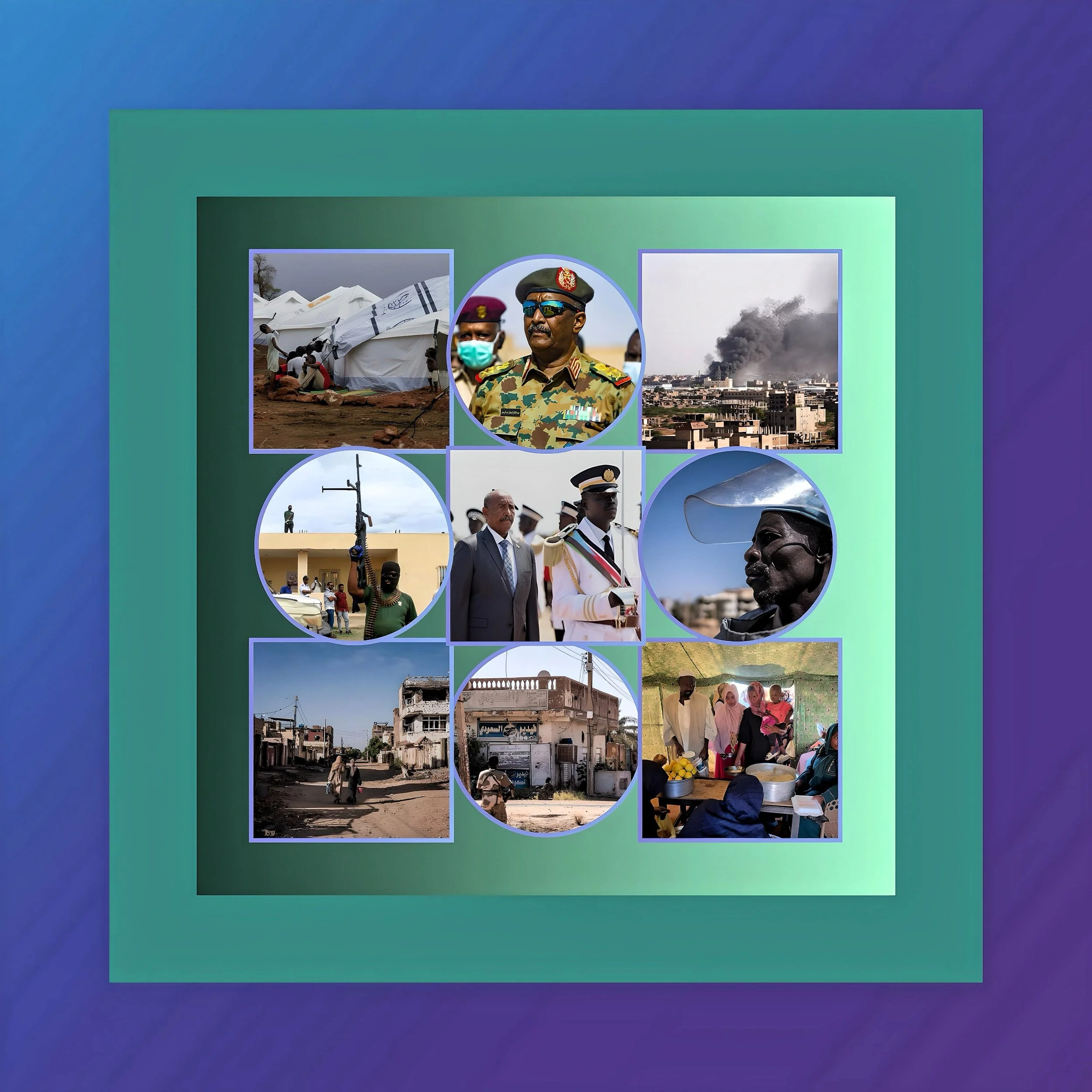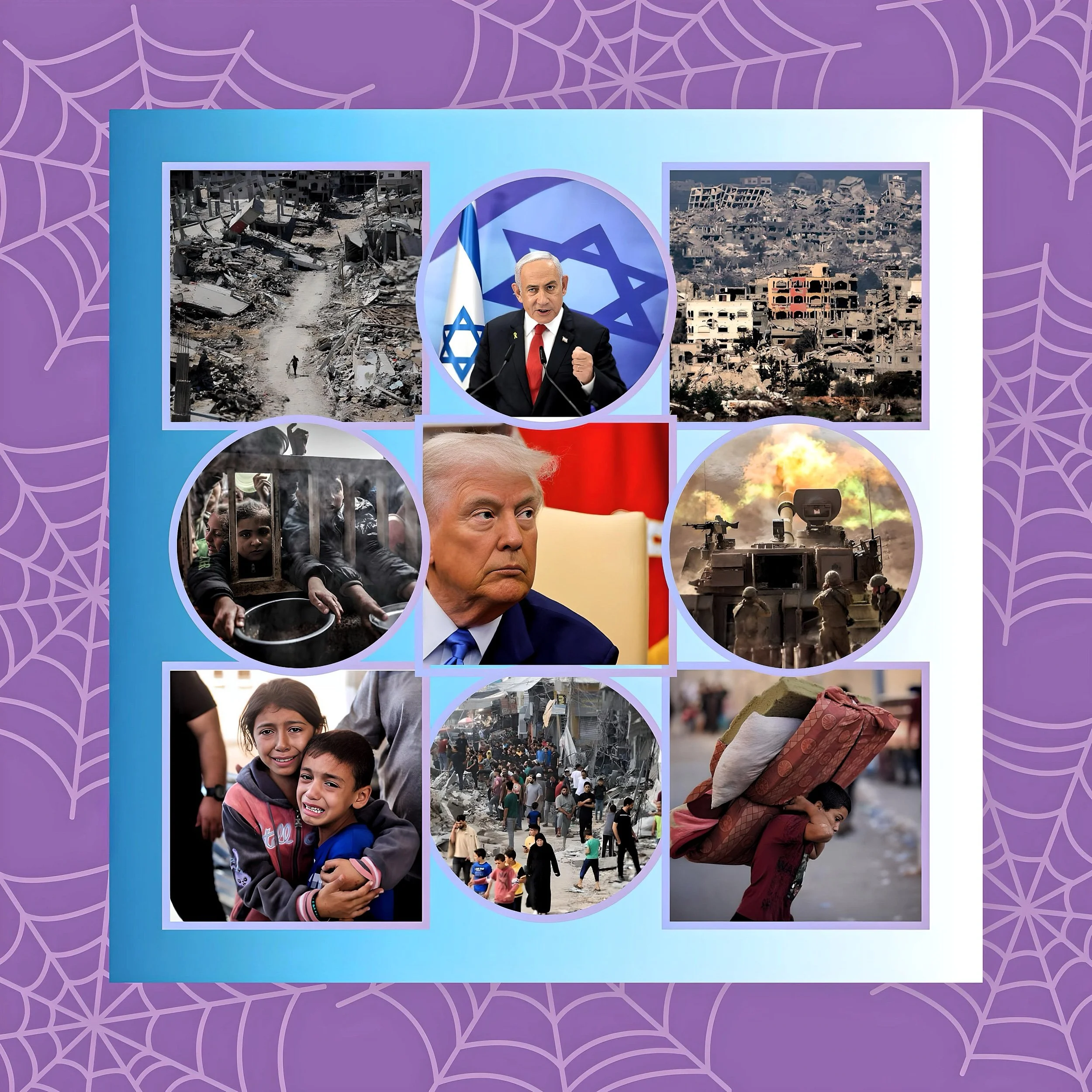The Sudanese Armed Forces: A Structural Catalyst for National Collapse
Introduction
The Sudanese Armed Forces (SAF) stand at the nexus of Sudan’s catastrophic civil war, systemic corruption, and humanitarian collapse.
While the Rapid Support Forces (RSF) paramilitary group has drawn international condemnation for atrocities, the SAF’s entrenched political dominance, economic predation, and institutional decay have perpetuated a cycle of violence and instability.
Below, we analyze the key facts and evidence demonstrating why the SAF remains Sudan’s most significant obstacle to peace.
Authoritarian Entrenchment and Democratic Sabotage
Coups and Anti-Civilian Governance
The SAF has orchestrated three coups since 1956, most recently in 2021, when Gen. Abdel Fattah al-Burhan dissolved Sudan’s transitional civilian-military government.
This move abruptly halted democratic reforms, including plans to integrate the RSF into a unified military command under civilian oversight.
The SAF’s refusal to relinquish power stems from fears of accountability for crimes like the 2019 Khartoum massacre, where troops killed over 100 pro-democracy protesters.
Resistance to Security Sector Reforms
A core failure of Sudan’s transition was the SAF’s rejection of integrating the RSF into a professionalized military.
Disputes over timelines (SAF demanded two years; RSF proposed ten) and accountability mechanisms stalled reforms, exacerbating tensions that erupted into war in April 2023.
The SAF’s insistence on maintaining parallel economic empires and political influence rendered meaningful reform impossible.
Economic Stranglehold and Systemic Corruption
Kleptocratic Control of State Resources
The SAF operates 250+ companies across sectors like gold mining, agriculture, and telecommunications, diverting state revenues into military coffers.
These enterprises, shielded from civilian audits, fund patronage networks rather than public services.
Meanwhile, inflation exceeds 400%, and 65% of hospitals are nonfunctional.
Ghost Soldiers and Budget Mismanagement
Audits reveal rampant corruption, including “ghost soldiers” on payrolls and embezzlement of funds earmarked for infrastructure.
A 2024 UN report found 40% of SAF armored vehicles inoperable due to poor maintenance, forcing reliance on indiscriminate airstrikes.
Military spending consumes over 28% of Sudan’s budget, yet troops lack basic supplies, exacerbating battlefield failures.
Human Rights Abuses and Ethnic Targeting
Civilian Sieges and Collective Punishment
In recaptured areas like Khartoum North and Wad Madani, SAF-aligned militias have extrajudicially executed hundreds of civilians, particularly ethnic minorities from Darfur and the Nuba Mountains, under the guise of rooting out RSF sympathizers.
The SAF imposes blockades on cities like Omdurman, denying 800,000 people food and medicine while drone-striking fleeing families.
Weaponization of Proxy Militias
To offset manpower shortages, the SAF arms untrained “Popular Resistance” militias, which loot villages and terrorize civilians.
In Sennar state, these groups replicate the RSF’s brutality, creating decentralized networks of violence akin to Afghanistan’s warlords.
Military Incompetence and Strategic Failures
Logistical Collapse and Defections
Despite Iranian drones and Russian fighter jets, the SAF’s Soviet-era equipment and poor leadership have led to staggering losses.
In 2024, the RSF captured Nyala and El-Fasher as SAF units abandoned posts without orders. Conscripts report low morale and mass defections, with many refusing to fight.
Reliance on Foreign Backers
The SAF’s dependence on Egypt, Iran, and Russia for arms has internationalized the conflict.
Iranian drones supply 85% of the SAF’s airpower, while Egyptian bases in Sudan risk drawing regional powers like the UAE into the fray.
These alliances undermine Sudan’s sovereignty and prolong the war.
Humanitarian Catastrophe and Famine Engineering
Aid Blockades and Famine
While the RSF loots aid convoys, the SAF systematically restricts access to rebel-held areas.
Only 12% of required aid reached Darfur in 2024 due to SAF bureaucracy and visa denials.
In Khartoum, 100,000+ face famine, with cholera death rates triple the global average due to SAF sabotage of water infrastructure.
Displacement Crisis
Over 12 million are displaced internally, with 3 million fleeing to neighboring states.
The SAF’s sieges and ethnic targeting risk a “second Nakba,” severing generational ties to land and eroding claims to self-determination.
Undermining Peace Efforts and Regional Stability
Rejection of Diplomacy
Gen. al-Burhan has dismissed UN-mediated talks as “unserious” and rejected Ramadan 2025 ceasefires, prioritizing military victory over negotiation.
This intransigence mirrors the RSF’s tactics but carries greater weight given the SAF’s residual international legitimacy.
Destabilizing Alliances
SAF collusion with Eritrean training camps and Egyptian airstrikes has inflamed tensions with Ethiopia and Libya, while Russian and Iranian involvement risks creating a Cold War-style proxy conflict.
Conclusion
The SAF as an Architect of Collapse
The Sudanese Armed Forces are not a solution to Sudan’s crisis but its primary accelerant.
Their kleptocratic governance, ethnic violence, and contempt for democracy have hollowed out state institutions, normalized atrocity economies, and entrenched a war economy benefiting military elites.
While the RSF’s crimes are egregious, the SAF’s structural dominance ensures that any military “victory” would consolidate authoritarianism, not peace.
Lasting stability requires dismantling the SAF’s political and economic power through international sanctions, support for civilian governance, and accountability for war crimes.
Until then, Sudan’s agony will persist as a testament to militarized tyranny.






